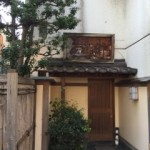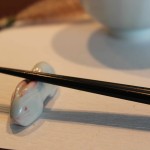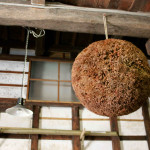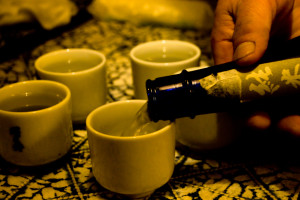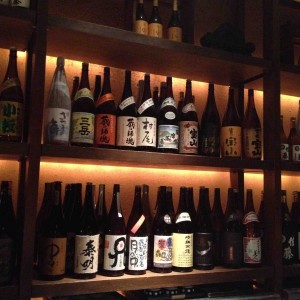As you may know, Japan is a country of gourmet. According to a Michelin restaurant guide 2015, there are 12 three stared restaurants, 53 two stared restaurants, and as many as 161 one stared restaurants in Tokyo. When you come to Japan, perhaps you do not want to miss some of those finest restaurants, especially Japanese ones. However, sushi, tempura and kaiseki restaurants are hard to book for foreign travelers because of the language barrier. Usually you have to make a phone call directly to the restaurants and most of them do not speak English. If you want to book, you have to call them in Japanese. The best way is to ask your friend who speak Japanese or hotel concierge.
You may think it Read More

